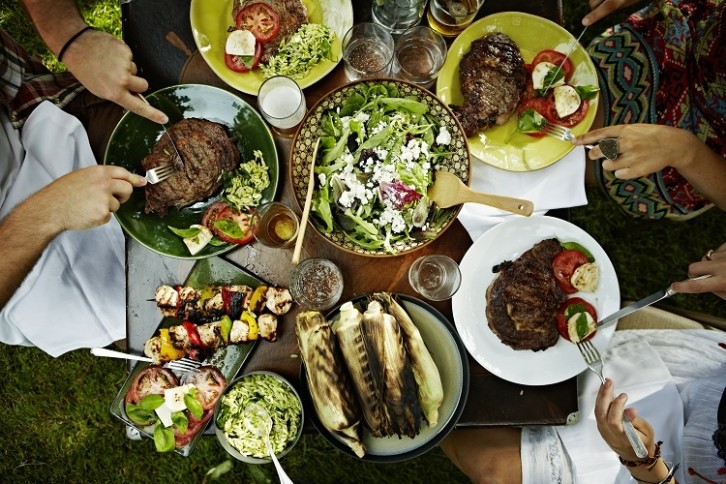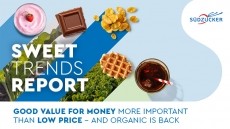Mapping the ‘food microbiome'

While there has been a significant amount of research into the microbiomes of human beings, the microbiomes of food itself has been largely neglected. Until now.
A new study published in the journal Cell looks closer at food’s microbes. They sequenced a wide range of food metagenomes, the genetic content of a community of organisms within a given sample, to develop a ‘food microbiome,’ looking at a total of 2,533 metagenomes from 50 countries.
Secrets of food
The study used shotgun metagenomics, a technique that sequences an entire sample simultaneously, without the need for culturing. This saved the researchers a lot of time and allowed them to find out more about their subjects.
Around 65% of the food sequenced was dairy, 17% was fermented beverages, and 5% was fermented meat, although the study also included non-fermented fish, non-fermented meat, and fermented seeds.
Out of the 10,899 food-associated microbes found from the study, around half were previously unknown. These spanned all categories, although were especially found in fermented fish. These, the study suggested, can be an object for future research.
Researchers found a greater similarity between the metagenomes of similar products (for example, a metagenome of a fermented beverage was likely to be closer to another fermented beverage than fermented meat). Non-fermented products had a higher microbial diversity than fermented products.
However, there was a more striking variety between dairy products, likely due to the wider array of such products sequenced. The highest diversity was found in cheese and cheese brine.
How could this help the food industry?
A greater awareness of the food microbiome could help manufacturers identify microbes that negatively impact foods.
For example, the study did not identify many microbes that were overtly pathogenic or bad for human health, although they did find a prevalence of E. hormaechei, which is linked to some infections. They also found some that could negatively impact food preservation or flavour.
It could also, by providing greater knowledge of which microbes are to be found in which products, help food maintain a geographical identity and identify which foods deserve geographical indicators. Metagenomics could, suggested Nicola Segata, one of the researchers, be used to authenticate products to their geographical origin.
The study is also important as recent research has suggested that microbes, we eat can become members of the human microbiome, meaning that the microbes within the food we eat are not contingent but vitally important to our health.
The study found that food-associated microbes account for a whopping 56% of the infant microbiome, but only 3% of the adult microbiome. This 3%, Segata suggested, is far from inconsequential and can have a significant impact on how our microbiomes function.
The human microbiome also overlapped more with the food microbiome in Westernised than non-Westernised populations (although the researchers admitted this could reflect sampling bias).
Sourced From: Cell
'Unexplored microbial diversity from 2,500 food metagenomes and links with the human microbiome'
Published on: 29 August 2024
Doi: https://doi.org/10.1016/j.cell.2024.07.039
Authors: N. Carlino,∙ A, Blanco-Míguez, M. Punčochář, C. Mengoni, F. Pinto, A. Tatti, P. Manghi F, Armanini, M, Avagliano, C. Barcenilla, S. Breselge, R. Cabrera-Rubio, I. Calvete-Torre, M. Coakley, J. F. Cobo-Díaz, F. De Filippis, H. Dey, J. Leech, E. S. Klaassens, S. Knobloch, D. O’Neil, N. M. Quijada, C. Sabater, S. Skírnisdóttir, V. Valentino, L Walsh, MASTER EU Consortium, A. Alvarez-Ordóñez, F. Asnicar, G. Fackelmann, V Heidrich, A. Margolles, V. Thór Marteinsson, O. Rota Stabelli, M. Wagner, D. Ercolini, P. D. Cotter, N. Segata, E. Pasolli




















